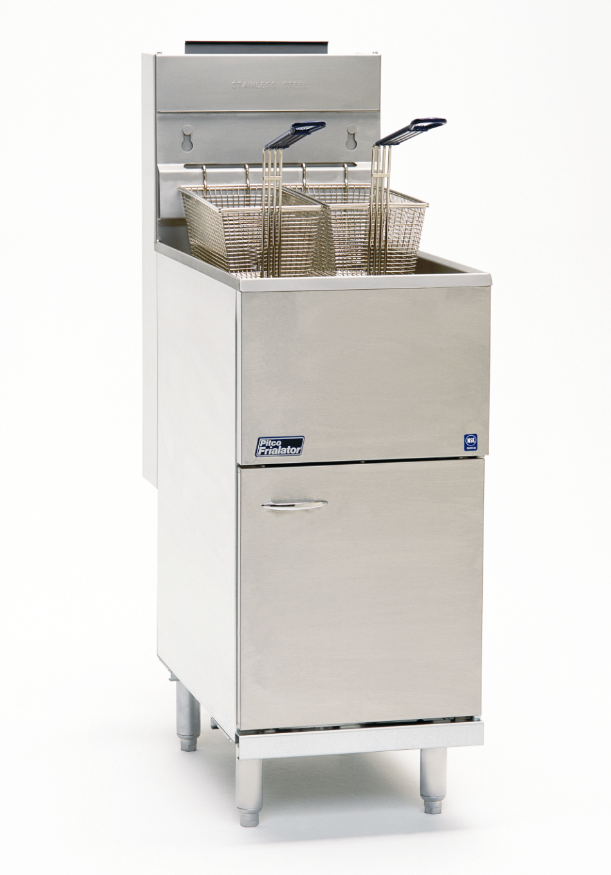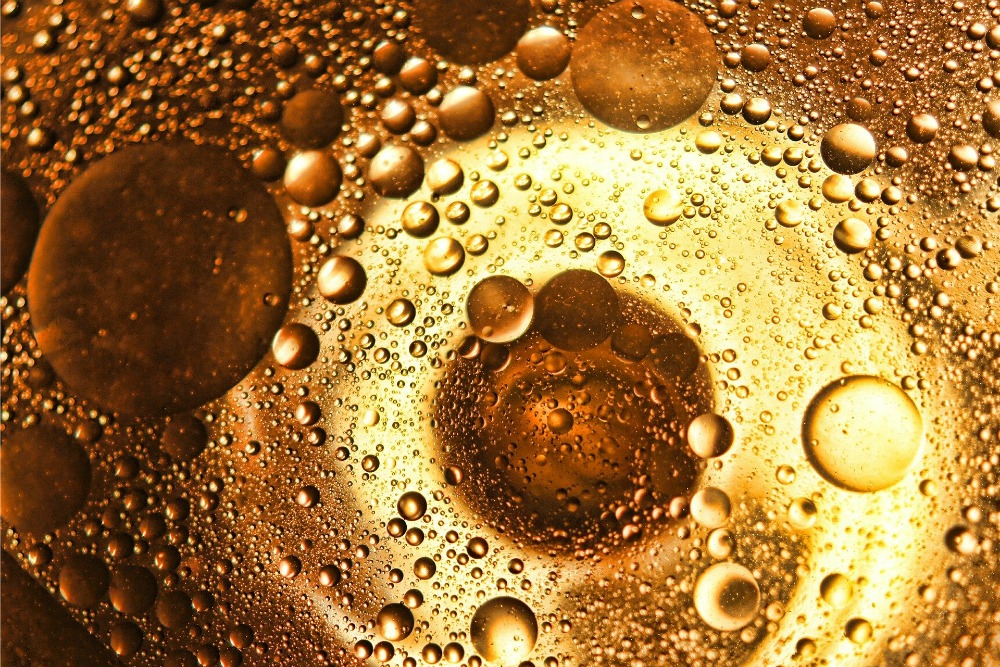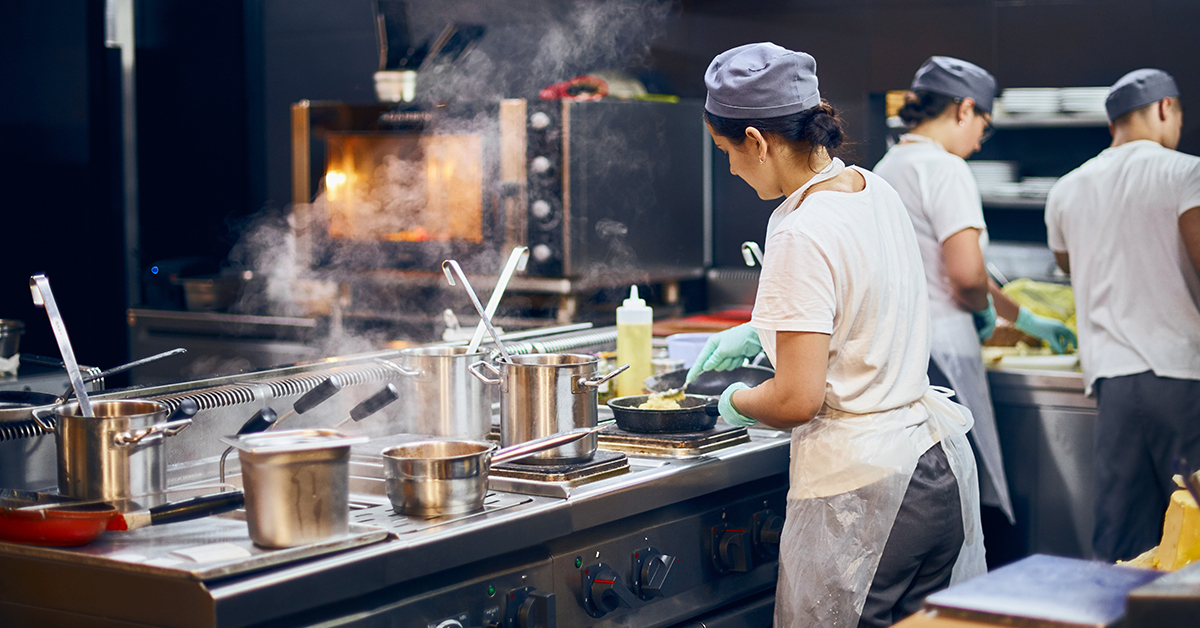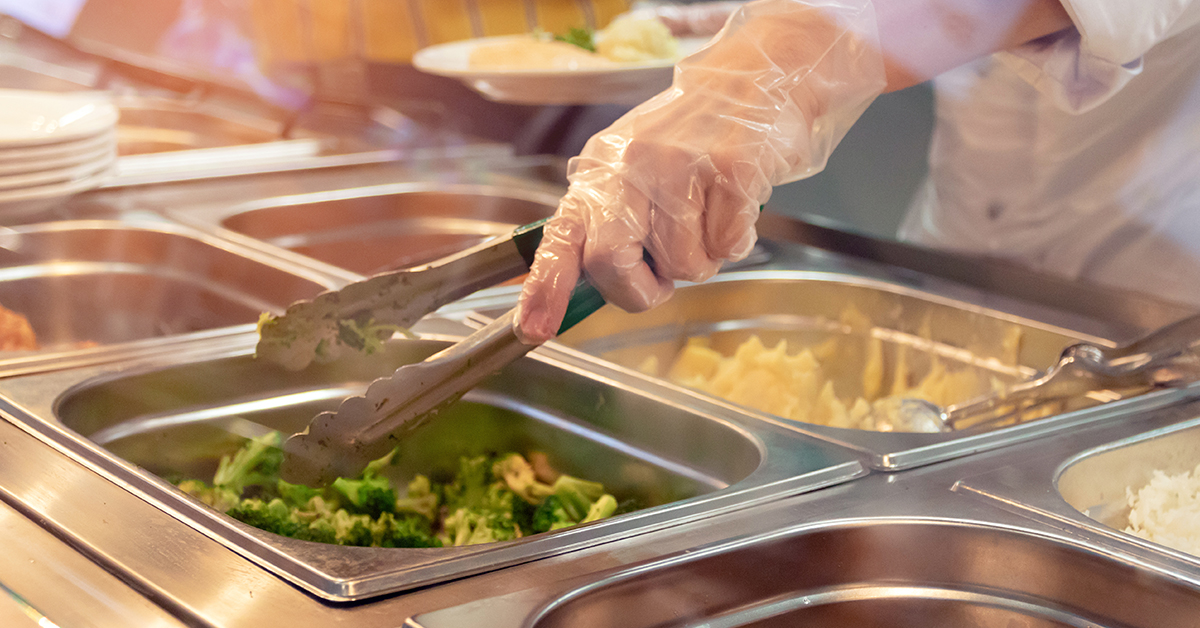Source: Pitco blog
Frying oil is a must-have ingredient in every commercial kitchen. After all, some of our favorite foods tend to have that crisp, golden texture. As a result, deep frying has become a popular cooking method for restaurants and foodservice operations across the globe.

If we can all agree on that — and I’m sure we do — one of the next concepts is quality. How can an operation create high-quality fried foods that are better than the competition while keeping costs down and maximizing profits? One place to start is in the oil.
There are enemies of frying oil that can actually degrade it, reducing its longevity and causing havoc with the foods it contains. Identifying the culprits that are causing breakdown is the most important step in ensuring proper maintenance of your cooking oil and enhancing food quality. The results are happier customers and the ability to maximize profits by enabling your oils to last longer.
Here’s an in-depth look at the six enemies of frying oil that might be costing you that return customer (or that extra dollar).
Air
When edible oil reacts with atmospheric oxygen, it forms hydroperoxides through the process of oxidation. The oxidation method is accelerated by light and heat. When the hydroperoxides decompose, they negatively affect the flavor and decreases the oil quality. Thermal oxidation boosts lipid peroxidation and causes chemical changes in cooking oil.
What’s this all mean in the kitchen? Since oxidation releases foul odors and affects flavor, nutritional values, and health benefits, it’s essential to limit exposure to air by covering the fryer when not in use. During the cooking process, you can curb the interaction with oxygen by not shaking the oil or splashing it through the pumps. You can also use a filter system, and during filtering, limit oil recirculation to only a few minutes.
Carbon Build-up
Carbon build-up from food particles is also one of the top prohibitors of oil longevity. Food pieces are likely to break down and fall to the bottom of the fryer. If you continue using the same oil to fry various batches of food, then they will transfer different flavors and aromas. When the carbon burns, it causes rancidity. The excess coating in fried foods can also cause foaming on the surface.
The best preventative measure (and one of the easiest) is to clear the crumbs whenever they occur so that they do not remain in the oil and transfer unwanted flavors. You can also make a point to skim vats every day to prevent carbon build-up. While frequent frying will cause the oil to eventually breakdown, regular filtering will extend its shelf life, which in turn saves you more money. Another measure that you can take to keep your oil fresh is to use quality oils that have a higher smoke point. The oil should also be designed specifically for deep frying.
Salt
While salt is the main ingredient in creating tasty food, did you know that it is one of the most common enemies of frying oil? During the frying process, salt acts as a catalyst and accelerates oxidation. This causes the oil to become darker in color and release off-flavors, which affects the taste of the food. Salted products also release water and cause foam formation that can cause oil breakdown. Salt can also act as an impurity and lower the smoke point, which in turn degrades oil and shortens its lifespan.
To prevent oil degradation, it is ideal to avoid adding salt before frying. Make sure you fry to the crisp level you want, and don’t try to refry foods after adding salt. Avoid adding any seasoning to open vaults.
Water
We all know from simple chemistry that water and oil do not mix. When frying, you should adhere to this saying, as water causes oil breakdown. During the frying process, heat causes food to release moisture and result in oil decomposition. Since foods absorb the oil, its degradation has adverse effects on the final properties that the food will have, including the nutrition and shelf life.
With frequent usage, eventually, your oil will breakdown. When steam escapes during frying, it causes foaming and affects the flavor and the quality of your food. You can easily remedy the situation by following best practices, which include knowing and maintaining the ideal thaw temperatures for all frozen foods, as well as avoiding overcrowding in your fryer basket. Before dropping food into the fryer, shake off any excess water. You can even dry the food using quality kitchen towels. Finally, start by cooking high moisture foods at lower temperatures, and then crisp them at higher temperatures.
Light
Store oil away from direct sunlight. Light accelerates chemical reactions, including degradation of oil. When the fat molecules break down they cause the oil to go rancid. There are some specific oils such as sesame oil with unique chemical structures that make them more vulnerable to going rancid and exuding an off smell. The trick to increasing the longevity of your frying oil is to avoid those stored in clear containers. If your favorite oil always comes in a transparent bottle then store in a cool, dark pantry and keep the caps tight.
Heat
High temperatures are one of the top enemies of oil. Extreme temperatures break down frying oil faster, and in most cases even when your food is crispy on the outside, it tends to be overcooked on the inside. The solution for preventing breakdown caused by heat is to keep your cooking oil at its ideal frying temperature by calibrating fryers and turning off any unused vats.






Leave a Comment